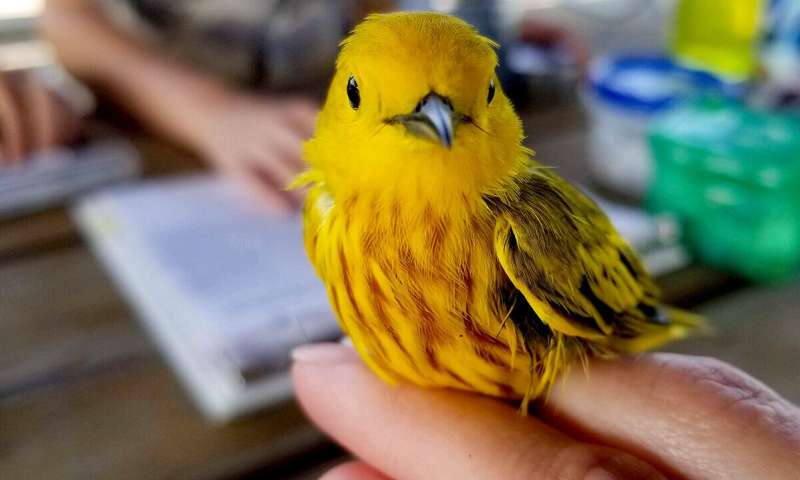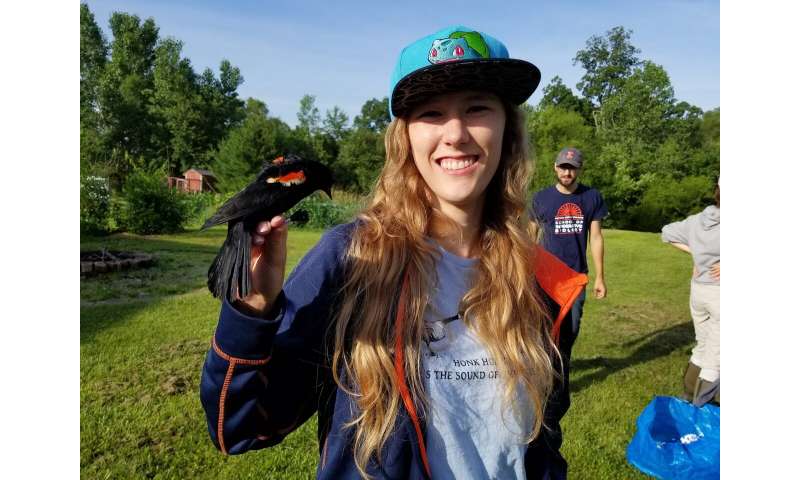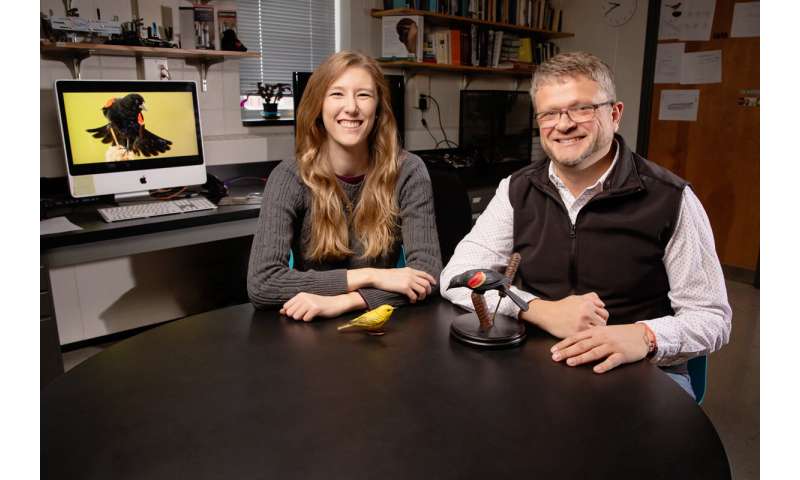
A World Alive: Green Politics in Europe and Beyond
DOWNLOAD

MARCH 2020
This edition maps the different worlds of green politics today, exploring the movements and ideas driving its development. Zooming out, the edition asks what wider changes in politics and society mean for political ecology as it faces interlocking environmental and social crises in the 21st century.
As much as a way of understanding the world as a movement to change it, political ecology is on the rise. A reckoning with our society’s position in a wider ecological system is taking place. Faced with irrevocable damage that makes life everywhere more insecure, from Italy to Finland, people are organising for a change of course at the ballot box and through insurgent street protests. From concepts such as ecofeminism and the Green New Deal to questions of narrative and institutional change, this edition maps the forces, strategies, and ideas that will power political ecology, across Europe as around the world. The 2020s can be a decade of change for the better, or the worse. Every political force will have something to say on what were once green issues. A diverse movement with a unique approach to society and politics, as this edition shows, Greens will be central to the fight for a sustainable and just future.
Articles in this edition
11.03.2020
Notes from a New Europe
BY Edouard Gaudot
What if the Green Wave of 2019 kept on going? What if the Greens become a major player in political majorities?
EN FR READ MORE
The Greens in a New Ireland
BY Dan Boyle
With government negotiations still up in the air, we hear how the Irish Greens bounced back in 2019 and 2020. Part of our four-part "Green Wave" series.
EN READ MORE
A Polarised Finland
BY Simo Raittila
Where do the Finnish Greens stand after entering a progressive coalition government in 2019? Part of our four-part "Green Wave" series.
EN READ MORE
Building Blocs in Northern Europe: The Greens in Government
BY Jenni Karimäki, Sanna Salo, Simon Otjes
In political systems based on cooperation, determining who to ally with and when always raises critical questions of identity, tactics, and strategy.
EN READ MORE
The Carbon Divide: The Material Basis of Polarisation
BY Jamie Kendrick, Mark Blyth
Far-right populism and green politics are now rivals in opposite corners of a polarised political ring.
EN READ MORE
BY Adélaïde Charlier, Annabelle Dawson, David Wicker, Eyal Weintraub, Helena Marschall, Jesse van Schaik, Johanna Hartmann, Laura Kolehmainen, Lily Fitzgibbon, Linus Steinmetz, Lucie Renoud-Grappin, Luigi Ferrieri Caputi, Michał Kiwerski, Patsy Islam-Parsons, Petr Doubravský, Remy Zahiga, Sophia Mathur, Tomás Castillo Claver
The Green European Journal turned to young activists to ask how they envisage political change in this time of climate crisis.
EN READ MORE
United We Stand: The Green Industrial Revolution in Italy
BY Francesca Re David, Lorenzo Marsili
Unions and new ecological movements need a frank exchange to find elements of synergy and mutual growth.
EN PL READ MORE
United We Stand: Labour Environmentalism and the Climate Movement
BY Lorenzo Marsili, Stefania Barca
Looking at the climate crisis in class terms means reframing class conflict in terms of capital versus life.
EN READ MORE
After Industrialism: Reviving Nature in the 21st Century
BY Reinhard Olschanski
Ecological thinking situates the human in the modern world far more accurately than old industrialism ever did.
DE EN READ MORE

MARCH 2020
This edition maps the different worlds of green politics today, exploring the movements and ideas driving its development. Zooming out, the edition asks what wider changes in politics and society mean for political ecology as it faces interlocking environmental and social crises in the 21st century.
As much as a way of understanding the world as a movement to change it, political ecology is on the rise. A reckoning with our society’s position in a wider ecological system is taking place. Faced with irrevocable damage that makes life everywhere more insecure, from Italy to Finland, people are organising for a change of course at the ballot box and through insurgent street protests. From concepts such as ecofeminism and the Green New Deal to questions of narrative and institutional change, this edition maps the forces, strategies, and ideas that will power political ecology, across Europe as around the world. The 2020s can be a decade of change for the better, or the worse. Every political force will have something to say on what were once green issues. A diverse movement with a unique approach to society and politics, as this edition shows, Greens will be central to the fight for a sustainable and just future.
Articles in this edition
11.03.2020
Facing Our Future
BY Laurent Standaert
Time is running out, but political ecology has the answers. A different world, a good life for all.
BY Laurent Standaert
Time is running out, but political ecology has the answers. A different world, a good life for all.
The Three Tribes of Political Ecology
BY Pierre Charbonnier
A call for the convergence of struggles between green socialism, the radical critics of modernity, and elite technocracy.
EN FR READ MORE
BY Pierre Charbonnier
A call for the convergence of struggles between green socialism, the radical critics of modernity, and elite technocracy.
EN FR READ MORE
Quality of Life Before Sustainability: Questioning Contemporary Green Discourse
BY Sherilyn MacGregor, Tine Hens
A Green New Deal is good, but an ecofeminist one is even better.
EN READ MORE
BY Sherilyn MacGregor, Tine Hens
A Green New Deal is good, but an ecofeminist one is even better.
EN READ MORE
Hooked on Growth: Rewiring Institutions for Wellbeing
BY Éloi Laurent, Laurent Standaert
A new policy paradigm needs to emerge that is capable of thinking broadly and ecologically about wellbeing, sustainability, and justice.
EN FR READ MORE
BY Éloi Laurent, Laurent Standaert
A new policy paradigm needs to emerge that is capable of thinking broadly and ecologically about wellbeing, sustainability, and justice.
EN FR READ MORE
A Green Deal for a Geopolitical Age
BY Roderick Kefferpütz
The European Green Deal is being pursued as an economic matter. In a geopolitical world, it needs to be geopoliticised.
EN PL READ MORE
BY Roderick Kefferpütz
The European Green Deal is being pursued as an economic matter. In a geopolitical world, it needs to be geopoliticised.
EN PL READ MORE
The Return of the Green New Deal: Ecosocialism in the USA
BY Alyssa Battistoni, Daniel Aldana Cohen
In the USA, the inequality and climate crises are increasingly seen as one and the same and the Left has seized on the Green New Deal as the answer.
EN PL READ MORE
BY Alyssa Battistoni, Daniel Aldana Cohen
In the USA, the inequality and climate crises are increasingly seen as one and the same and the Left has seized on the Green New Deal as the answer.
EN PL READ MORE
Another State Is Possible: Greening the Levers of Power
BY Lucile Schmid
Modern states were not built to protect the environment but today are essential institutions for building a sustainable future.
EN FR READ MORE
BY Lucile Schmid
Modern states were not built to protect the environment but today are essential institutions for building a sustainable future.
EN FR READ MORE
Notes from a New Europe
BY Edouard Gaudot
What if the Green Wave of 2019 kept on going? What if the Greens become a major player in political majorities?
EN FR READ MORE
All Ground Is Fertile Ground: Attitudes to Ecology across Europe
BY European Data Journalism Network
Selected infographics offer a data-driven snapshot of ecological perceptions and realities and across Europe.
BY European Data Journalism Network
Selected infographics offer a data-driven snapshot of ecological perceptions and realities and across Europe.
From the Street Up: Founding a New Politics in Spain
BY Cristina Monge, Esteban Hernández, Florent Marcellesi
Is political ecology able to push for real transformation and to offer a convincing narrative that transcends class lines?
EN ES READ MORE
BY Cristina Monge, Esteban Hernández, Florent Marcellesi
Is political ecology able to push for real transformation and to offer a convincing narrative that transcends class lines?
EN ES READ MORE
Breaking Hard Earth: A Social History of Green Politics in Poland
BY Adam Ostolski
Green politics has long been part of Polish politics and, despite its ups and downs, it certainly has a future.
EN READ MORE
BY Adam Ostolski
Green politics has long been part of Polish politics and, despite its ups and downs, it certainly has a future.
EN READ MORE
A Step Up for the German Greens
BY Peter Unfried
How the Greens managed to become a key player in German politics. Part of our four-part "Green Wave" series.
EN READ MORE
BY Peter Unfried
How the Greens managed to become a key player in German politics. Part of our four-part "Green Wave" series.
EN READ MORE
The Wild World of Belgian Politics
BY Luc Barbé
Understanding where Belgium's two Green parties, Groen and Ecolo, sit in a divided political landscape. Part of our four-part "Green Wave" series.
EN READ MORE
BY Luc Barbé
Understanding where Belgium's two Green parties, Groen and Ecolo, sit in a divided political landscape. Part of our four-part "Green Wave" series.
EN READ MORE
The Greens in a New Ireland
BY Dan Boyle
With government negotiations still up in the air, we hear how the Irish Greens bounced back in 2019 and 2020. Part of our four-part "Green Wave" series.
EN READ MORE
A Polarised Finland
BY Simo Raittila
Where do the Finnish Greens stand after entering a progressive coalition government in 2019? Part of our four-part "Green Wave" series.
EN READ MORE
Building Blocs in Northern Europe: The Greens in Government
BY Jenni Karimäki, Sanna Salo, Simon Otjes
In political systems based on cooperation, determining who to ally with and when always raises critical questions of identity, tactics, and strategy.
EN READ MORE
The Carbon Divide: The Material Basis of Polarisation
BY Jamie Kendrick, Mark Blyth
Far-right populism and green politics are now rivals in opposite corners of a polarised political ring.
EN READ MORE
BY Adélaïde Charlier, Annabelle Dawson, David Wicker, Eyal Weintraub, Helena Marschall, Jesse van Schaik, Johanna Hartmann, Laura Kolehmainen, Lily Fitzgibbon, Linus Steinmetz, Lucie Renoud-Grappin, Luigi Ferrieri Caputi, Michał Kiwerski, Patsy Islam-Parsons, Petr Doubravský, Remy Zahiga, Sophia Mathur, Tomás Castillo Claver
The Green European Journal turned to young activists to ask how they envisage political change in this time of climate crisis.
EN READ MORE
Resettling Villages, Unsettling Lives
BY Hannah Porada, Paula Castro
Villagers have mobilised to fight both for their homes and for more ambition in German energy policy.
EN READ MORE
BY Hannah Porada, Paula Castro
Villagers have mobilised to fight both for their homes and for more ambition in German energy policy.
EN READ MORE
United We Stand: The Green Industrial Revolution in Italy
BY Francesca Re David, Lorenzo Marsili
Unions and new ecological movements need a frank exchange to find elements of synergy and mutual growth.
EN PL READ MORE
United We Stand: Labour Environmentalism and the Climate Movement
BY Lorenzo Marsili, Stefania Barca
Looking at the climate crisis in class terms means reframing class conflict in terms of capital versus life.
EN READ MORE
After Industrialism: Reviving Nature in the 21st Century
BY Reinhard Olschanski
Ecological thinking situates the human in the modern world far more accurately than old industrialism ever did.
DE EN READ MORE
A Legal Revolution for the Rights of Nature
BY Valérie Cabanes
A legal system that prioritises the conservation of the living world over private property would be a powerful tool for ecological transition.
EN FR READ MORE
BY Valérie Cabanes
A legal system that prioritises the conservation of the living world over private property would be a powerful tool for ecological transition.
EN FR READ MORE
The Melodrama of Climate Change Denial
BY Cara Daggett
Melodrama is the genre of choice of the far right, through which it pays special attention to fights with environmentalists, feminists, and minorities.
EN READ MORE
BY Cara Daggett
Melodrama is the genre of choice of the far right, through which it pays special attention to fights with environmentalists, feminists, and minorities.
EN READ MORE
Threads of Political Ecology: A Review
BY Annabelle Dawson, Cyrielle Chatelain, Edouard Gaudot, François Jarrige, Roderick Kefferpütz
The Green European Journal has put together a selection mapping some of the major currents that have shaped political ecology in recent years and which continue to do so.
EN READ MORE
BY Annabelle Dawson, Cyrielle Chatelain, Edouard Gaudot, François Jarrige, Roderick Kefferpütz
The Green European Journal has put together a selection mapping some of the major currents that have shaped political ecology in recent years and which continue to do so.
EN READ MORE
BY Dirk Holemans
After 40 years of neoliberalism tearing at the social fabric, what form will the 21st-century counter-movement take?
After 40 years of neoliberalism tearing at the social fabric, what form will the 21st-century counter-movement take?
















